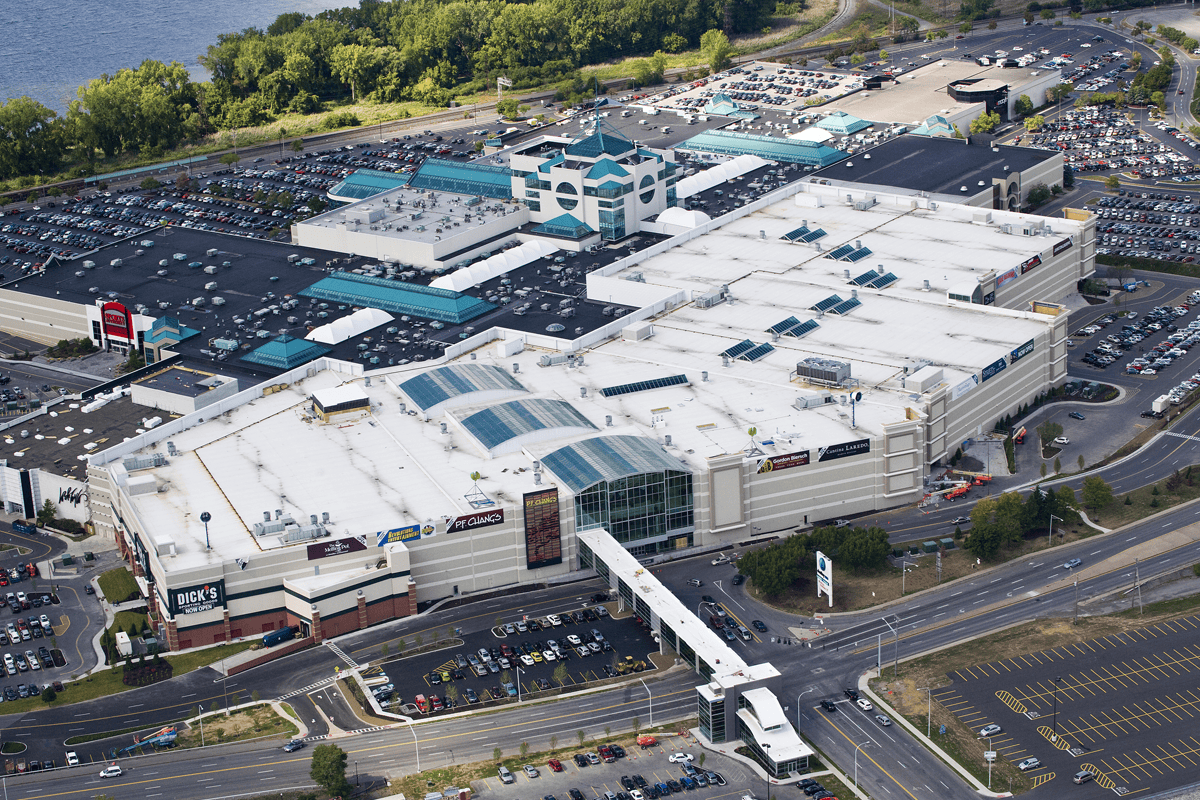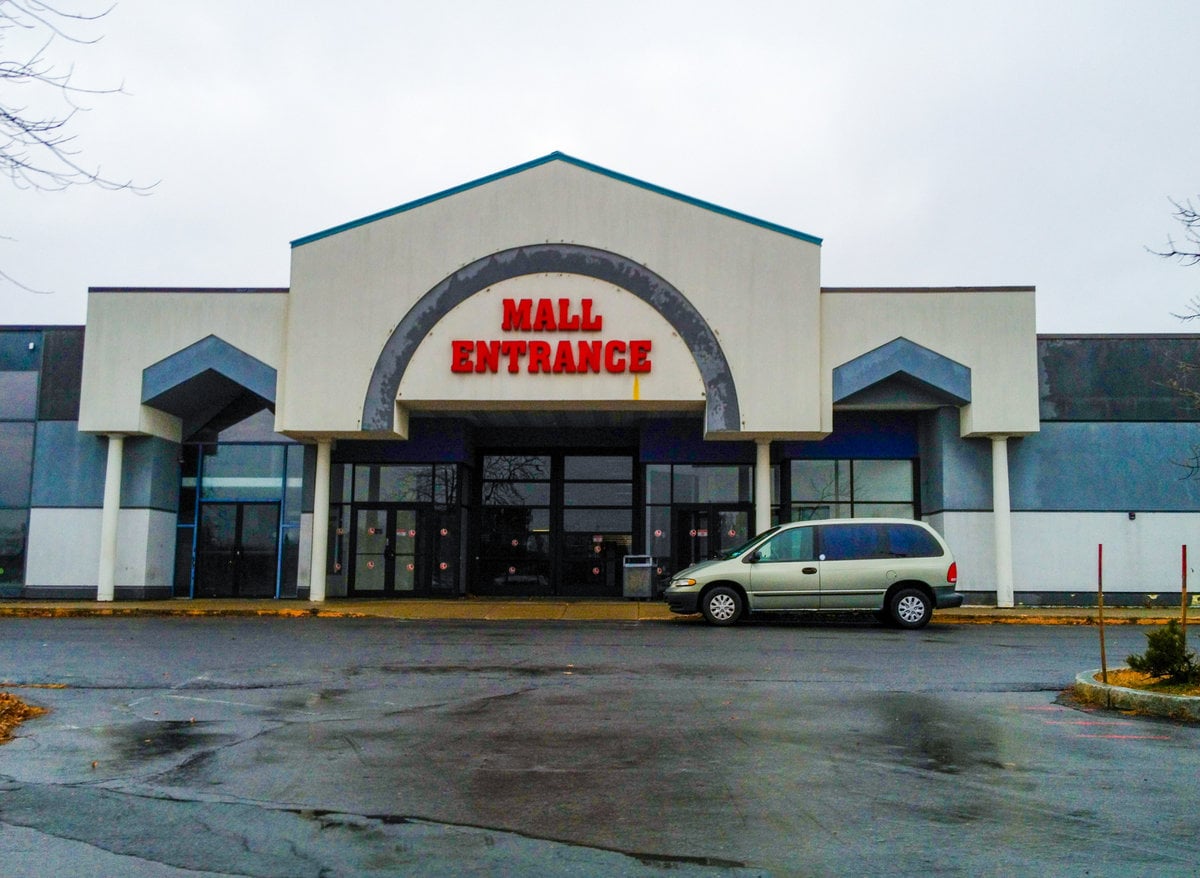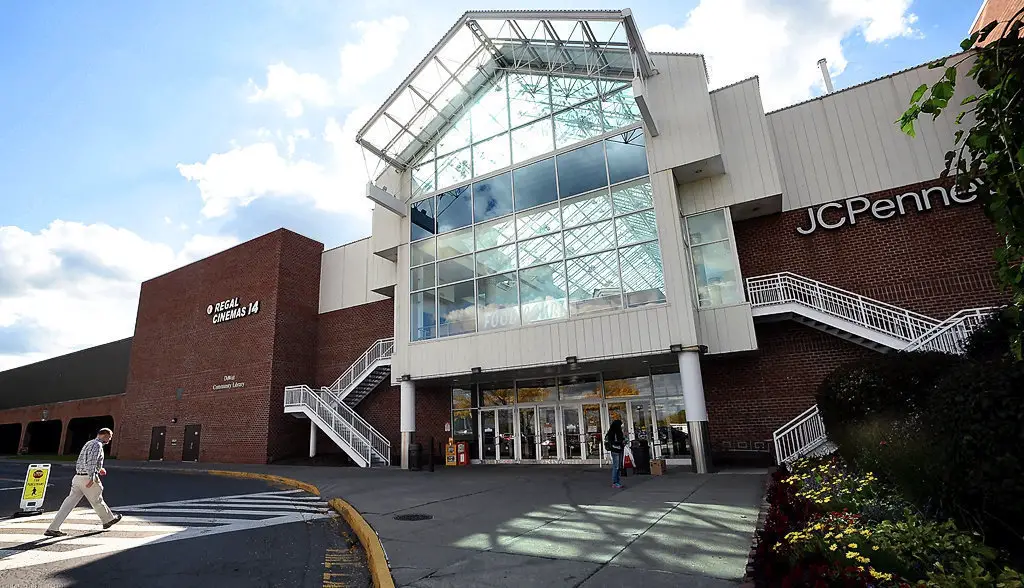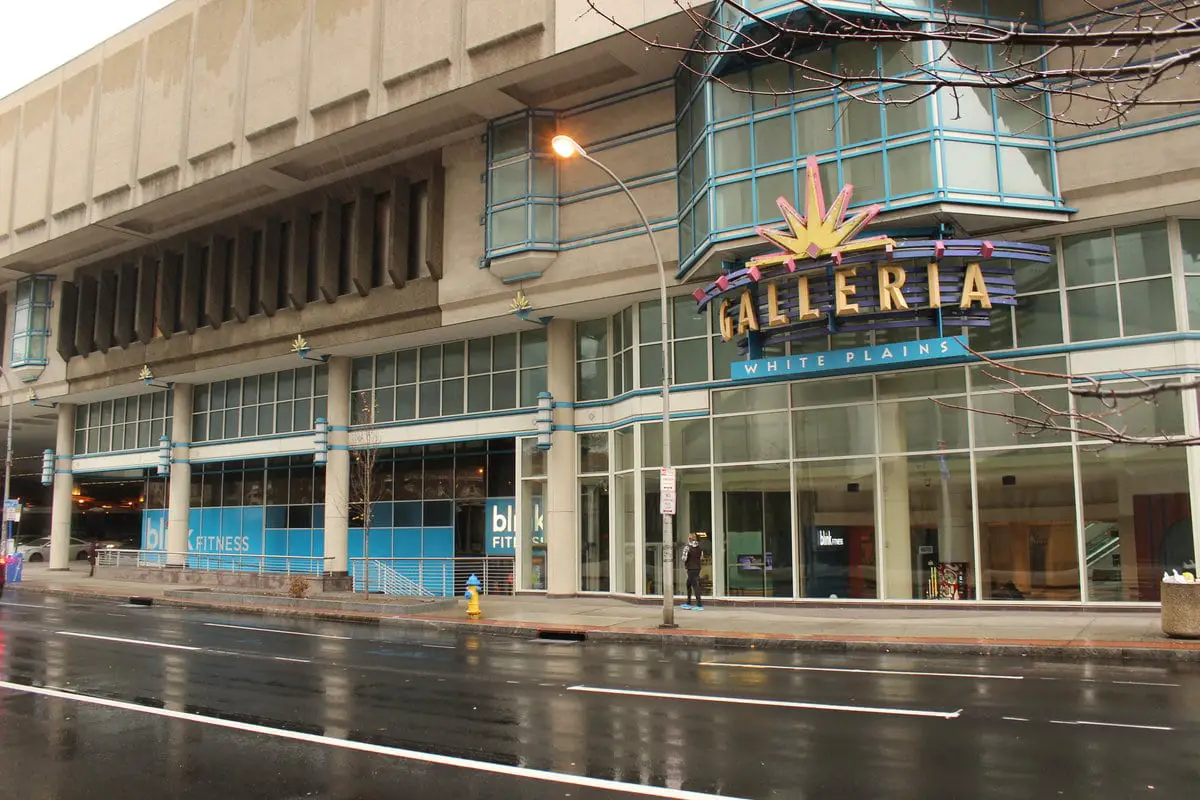When Rochester Went Indoors
Imagine a spring morning in 1962, when downtown Rochester gathered to see something new: Midtown Plaza opening its doors as the country’s first urban indoor mall.
Fountains burbled, a clock chimed, and shoppers wandered beneath skylights that made the whole space feel ahead of its time.
Rochester wanted more than another row of stores – it wanted an answer to the question, “What if downtown could matter again?” If you’ve looked for things to do in Rochester, NY, Midtown’s story remains hard to ignore.
Commercial Vision and Real Estate Ambition, 1956-1962
Plans for Midtown Plaza didn’t start with blueprints, but with a sense of worry.
By the mid-1950s, downtown Rochester’s retail sales kept slipping as suburban plazas drew shoppers away.
Gilbert J.C. McCurdy, owner of McCurdy’s department stores, and Maurice F. Forman, from B. Forman Co., started talking in 1956 about a different approach.
They’d already opened branches outside the city, but both saw trouble ahead if the center kept hollowing out.
Instead of letting the trend continue, they pitched something bold: an enclosed shopping center right in the middle of downtown.
With support from the city, a partnership took shape.
The city built a parking garage – a forward-looking move for an era still in love with the car.
January 1958 brought the official announcement of the Midtown Plaza project, and the name Victor Gruen quickly joined the local conversation.
Gruen, known for designing the first enclosed suburban mall (Southdale Center in Minneapolis, 1956), wanted to solve a different puzzle here.
His plans called for public art, benches, fountains, a 400-seat auditorium, and a sidewalk cafe inspired by Vienna’s public squares.
He saw the aerial view of Rochester as mostly parking lots interrupted by buildings, and thought a real square could shift the mood.
On April 10, 1962, a crowd of 5,000 gathered as Midtown Plaza opened.
It wasn’t only about retail – this was an attempt to pull people together downtown, using commercial ambition and urban design in equal measure.
The Midtown Plaza would soon draw attention from city planners across the country, and even Walt Disney showed up to see what all the talk was about.
For a time, Midtown looked like the answer to Rochester’s urban worries, setting off a wave of excitement and curiosity about what else a city center could become.
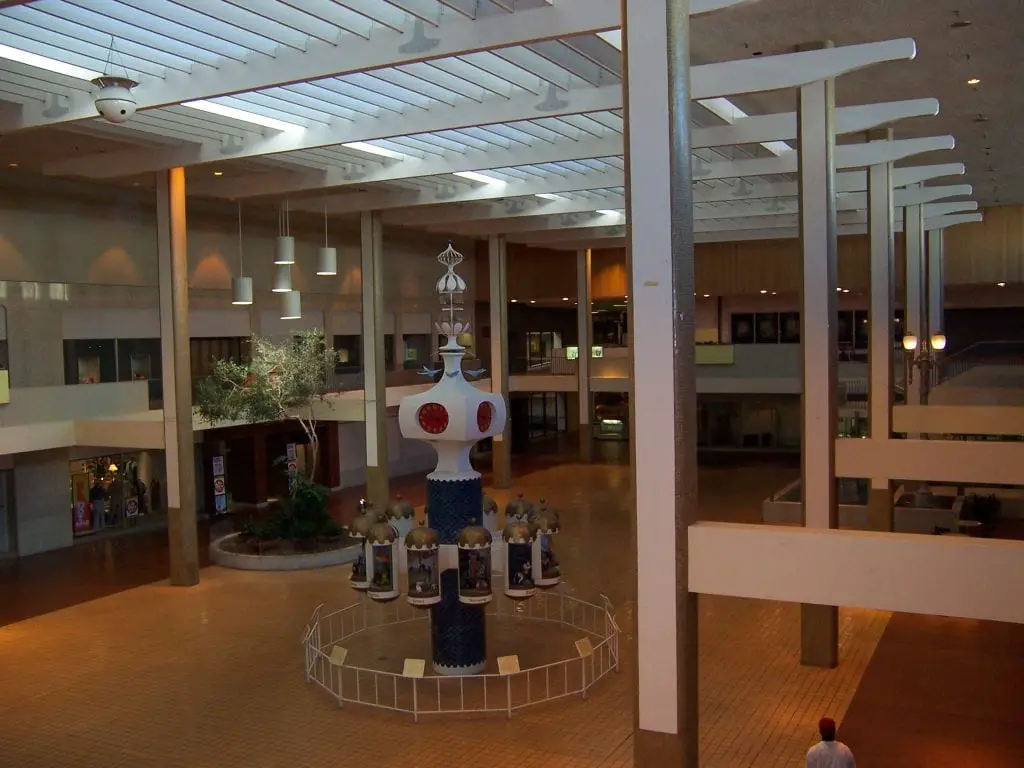
Retail Growth, Office Towers, and Holiday Crowds
Midtown Plaza wasted no time attracting fresh investment after its opening in 1962.
Office towers soon rose next door, built by companies like Xerox, Lincoln First Bank, Security Trust Bank, and Marine Midland Bank.
Each saw a chance to put their mark on a revived downtown, and those high-rises stood as early signs that the gamble on Midtown was paying off in real estate terms.
While the office crowd filled the upper floors, shoppers and visitors discovered a mix of local stores, national chains, and places to linger.
One of the Midtown Plaza’s standout features was the Top Of The Plaza – a restaurant and hotel on the top four floors of the 18-story tower.
The space offered dinner and drinks, along with jazz from names like Count Basie and Buddy Rich, drawing well-dressed crowds for receptions and business events.
During the 1970s and 1980s, Midtown became known for its holiday buzz.
The Christmas season drew crowds to the monorail that wound its way indoors, a novelty few malls could match.
At the street level, tenants sometimes find themselves caught between older shoppers’ expectations and the changing culture of the time.
Complaints about youth “hanging around” prompted some retailers to tweak hours and set rules about who could stay after certain times.
Even as outside malls began to multiply, Midtown kept drawing people downtown, at least for big events and seasonal shopping.
Awards for design kept coming, and Rochester’s Plaza earned a reputation among architects and city officials who traveled from afar to see what Victor Gruen’s ideas looked like in practice.
Commercial Challenges and the End of Retail
As the 1980s unfolded, suburban malls began luring shoppers away, chipping at Midtown’s core business.
Real estate outside the city gained value as Rochester’s population drifted outward.
By 1980, the hotel at the Top Of The Plaza shut its doors, and office space started taking over parts of the mall that once held retail tenants.
In the 1990s, the financial picture grew bleaker. McCurdy’s and B. Forman Co., the anchors that started it all, both closed in 1994.
Wegmans Food Markets soon followed, leaving behind a large footprint in the Midtown Plaza that sat empty.
Owner Peter Arnold placed Midtown Plaza in chapter 11 bankruptcy in 2000, selling the property to the city of Rochester for $5,900,000.
The last stretch came quickly.
On October 16, 2007, the city announced that demolition was coming, with the original plan to make way for a new 40-story headquarters for PAETEC Holding Corp.
Shoppers took their final holiday rides on the monorail in December 2007, and July 25, 2008, marked the Midtown Plaza’s official closing.
Some fixtures lingered: the Clock of Nations, a kinetic piece designed by Gere Kavanaugh, moved to the Greater Rochester International Airport during demolition.
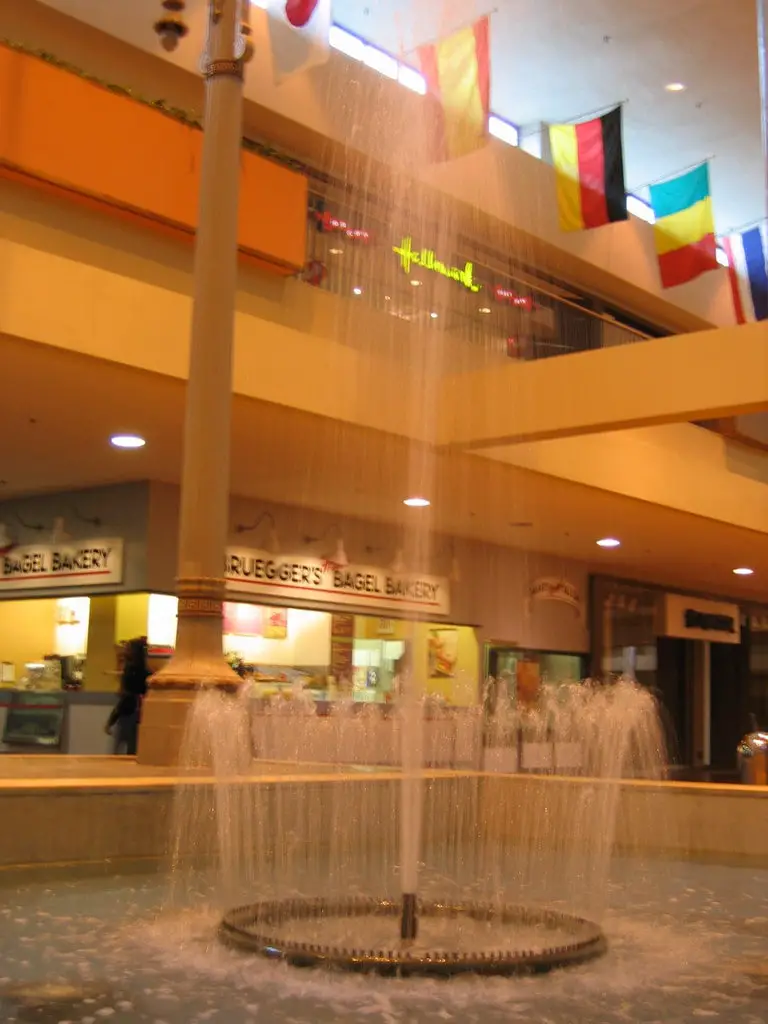
Demolition, Relocation, and Downtown Land Deals
Demolition began on September 27, 2010. PAETEC’s ambition was clear: a half-million square foot office tower rising over the site.
But as often happens with real estate, deals shifted.
Windstream acquired PAETEC and backed away from the original skyscraper concept, opting instead to renovate the nearby Seneca Building for offices.
Parcel 5, where the PAETEC tower would have stood, was left as a cleared lot, empty and open to new proposals.
During airport renovations in 2016, the Clock of NationsClock of Nations went into storage, tucked away until 2024, when it reappeared at Tower 280’s lobby, just steps from its original site.
For local officials and developers, these years were a test of patience and vision.
The property’s status, caught between grand plans and half-finished transitions, left a hole in the commercial heart of downtown.
Other pieces of the old mall survived demolition.
The high-rise Midtown Tower and the Seneca Building remained standing while bulldozers took down the rest.
As PAETEC’s plans faded, the city opened the door to new development pitches.
Proposals for Parcel 5 came in waves – everything from performing arts centers to casinos and mixed-use towers got a hearing at City Hall.
Each plan brought its real estate backers and projected retail square footage.
Still, the lot waited as Rochester’s leaders debated what would serve the city best in a downtown setting where nostalgia ran deep but investors wanted guarantees.
New Real Estate Strategies and the Shape of Midtown Today
Midtown Tower, stripped down to its frame by 2011, marked the next act for developers.
Buckingham Properties stepped in, purchasing the building from the city and giving it new life as Tower 280 at Midtown.
By 2014, construction was well underway, aiming for a blend of residential apartments and commercial space.
The first tenants moved in during January 2016, bringing people back to a building that had watched so many retail cycles come and go.
Branca, a restaurant from Bushnell’s Basin, opened its second location inside Tower 280 – a nod to the building’s revived retail ambitions.
Nearby, the Seneca Building was reimagined as Windstream’s regional office.
Later, the Democrat and Chronicle Media Group moved its headquarters to a new building on Main Street, attached to the Seneca Building by a shared third floor and elevator lobby.
The project finished in 2016, combining offices, a television studio, and a restaurant space.
Parcel 5, the open lot in the center of these new investments, kept changing direction.
Early promises for the Golisano Center for the Performing Arts fell through by 2021, replaced by a plan to turn the space into green gathering areas inspired by public districts in Kansas City and Buffalo.
The lot now hosts events and occasional markets, waiting for the next big idea.
The Butler/Till Building, constructed on the former Wegmans site at Broad Street and Clinton Avenue, was finished in 2021.
It houses retail on the ground floor, Class A office space above, and a mix of apartments, reflecting another round of reinvestment and reimagining.
As of 2025, the area that once held Midtown Plaza stands as a patchwork of office buildings, apartments, restaurants, green space, and stories from several cycles of real estate dreams.
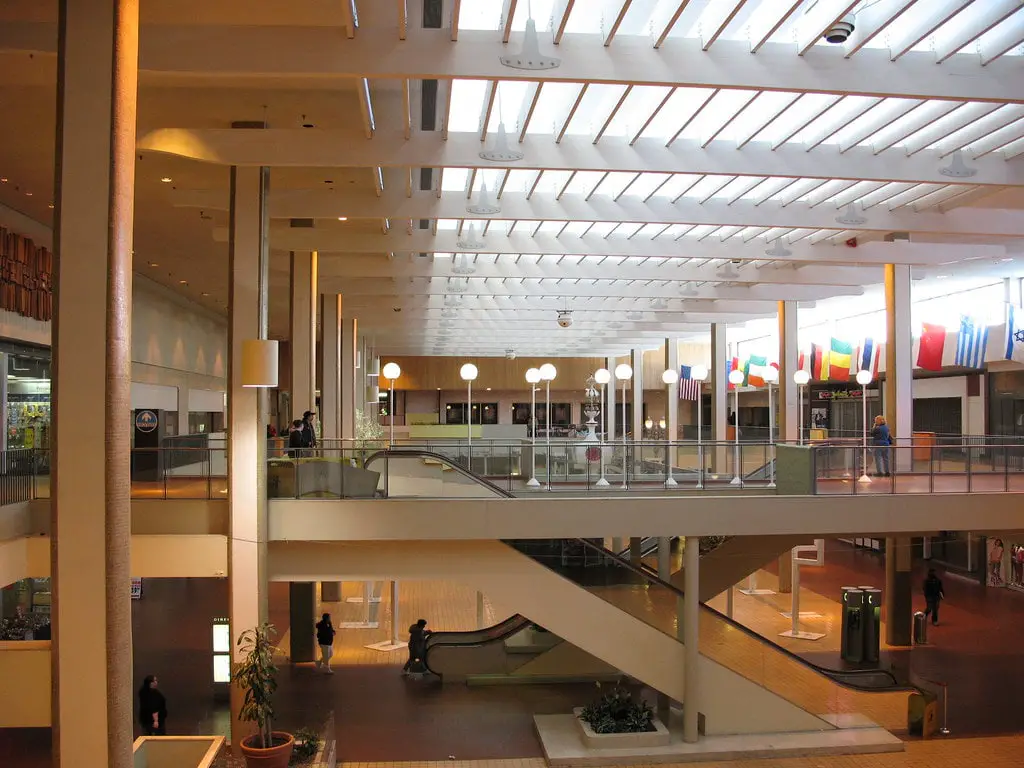
🍀

